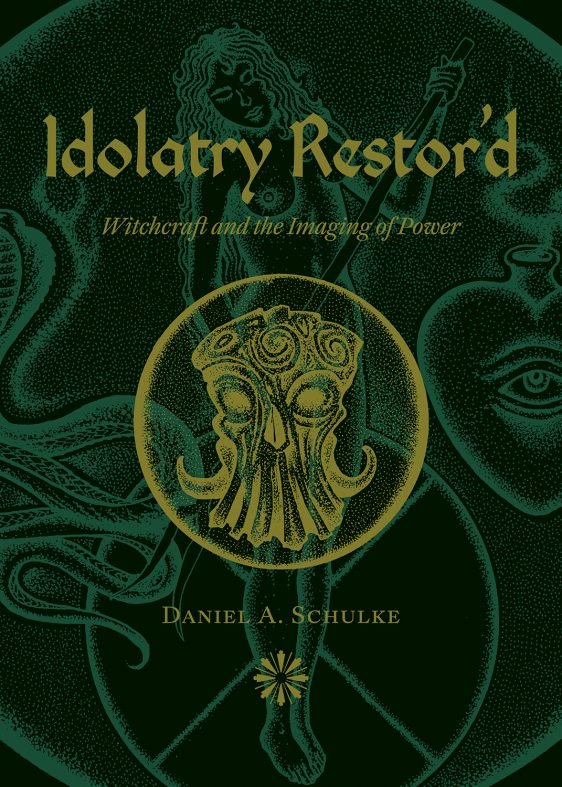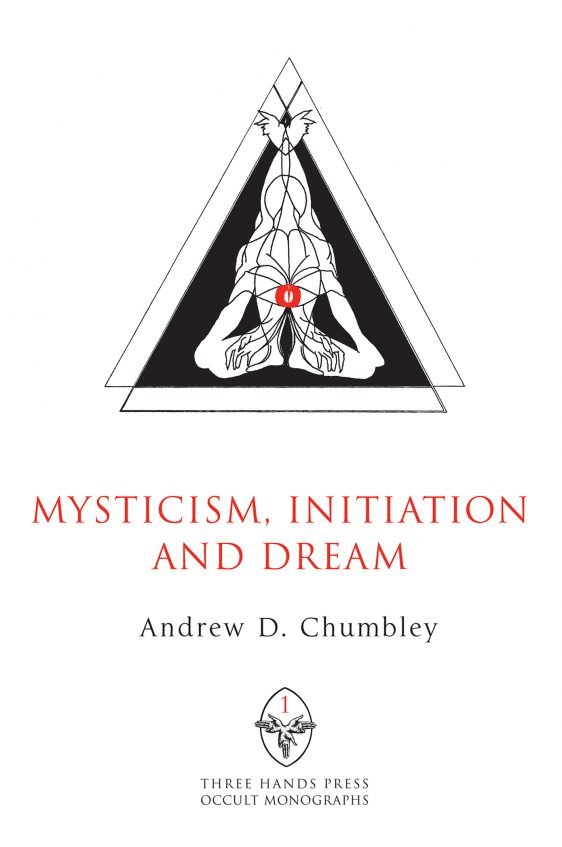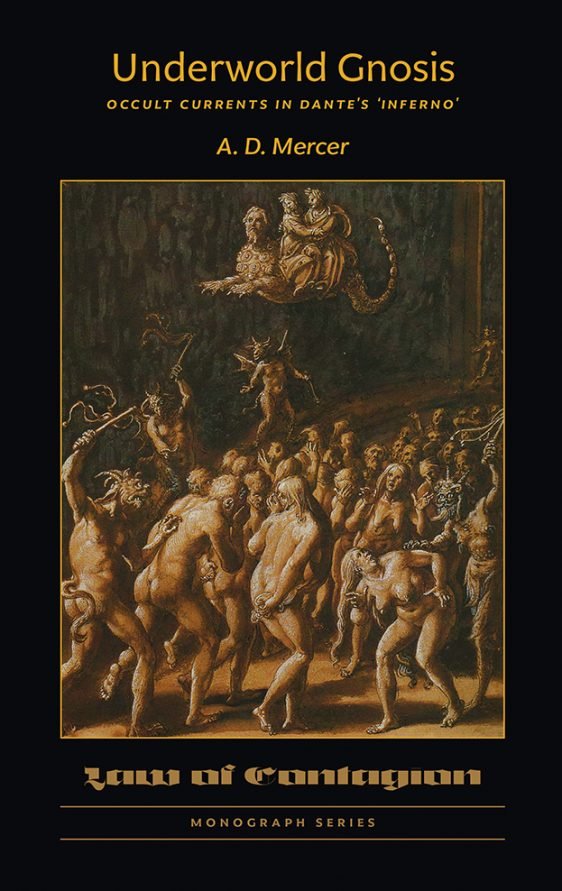
Woodwose Homilies
The Woodwose or Wuduwasa is an Anglo-Saxon form of the archaic Wild-man, an enigmatic figure clad and masked in leaves.

Veneficium
Its principal concern is the intersection of magic and poison, originating in remotest antiquity and reaching into the occult traditions of present day.

Of the Witches Pact with the Devil
Among the dark classics of esoteric witchcraft literature is Mario Guazzo's inquistor's handbook of 1608, Compendium Maleficarum.

Thirteen Pathways of Occult Herbalism
As a foundational treatise introducing this work, Thirteen Pathways of Occult Herbalism speaks to its interior philosophical concerns.

Idolatry Restor’d
The translation of magical power to image is a matter well understood in so-called ‘primitive’ sorcery, in which occurs a mutual embodiment of re-presentation and the Represented.

The Occult Reliquary
The Occult Reliquary concerns the Richel-Eldermans Collection, an archive of some 2,000 magical images and artifacts housed in the Museum of Witchcraft in Boscastle, Cornwall.

The Language of the Birds
Chance, the great beloved of gamblers, lovers, generals and kings, has long held sway over mortal affairs. Whether assuming the form of the goddess Fortuna and her ever-turning Wheel, or the abstract mathematic of ‘randomness’ Her favor is universally sought, and Her displeasure feared.

The Witch’s Cabinet
The historical record of plant folklore includes a persistent group of plants associated with witches, aversion and baneful magic. Reflecting a hidden dimension of the vegetal world, these spells, rituals, and taboos serve as mantles of ominous attribute, warning of these herbs' sinister qualities, but also suggestive of their hidden powers.

Dream Divination Plants
Shamanism, religion and magic have long acknowledged the significance of dreams as a bridge to the spirit world, and over time developed practices for dream incubation.

Plants of the Devil
Plants of the Devil examines the history and magic of herbs associated with Satan and his minions, delving into the folklore of ancient Europe and the British Isles.

The Language of the Corpse
Among the ancient Germanic peoples there existed a highly developed stream of magical belief and practice devoted to, and stemming directly from, the dead.

The Green Mysteries
From the author of Veneficium comes The Green Mysteries, the monumental product of twenty-five years of experiential research on the spiritual and occult properties of plants.

Arcana Viridia Folio
As a limited edition offering of art drawn from the corpus of the Green Mysteries, the Arcana Viridia Art Portfolio features seven separate plant images, chosen both for their historical importance to the occult arts and also their imaginal fascinum


The Leaper Between
Known to rural folk magicians and secret societies such as the Society of the Horseman's Word, the exacting ritual of killing a toad to obtain the bone of power has been documented in various forms and cultural milieus for two millennia, though its origin is likely far older.

Mysticism, Initiaton and Dream
Written as an undergraduate as SOAS University of London in 2001, Mysticism: Initiation and Dream would foreshadow the concerns of Andrew Chumbley's later doctoral research on the transcendental nature of the magical dream.

Opuscula Magica Volume 1
Opuscula Volume One contains nine essays written between 1990 and 2003, including one previously unpublished. This volume also includes an Author’s Introduction never before published, as well as an expanded version of the interview with Chumbley in The Cauldron. The essays reflect a degree of magical insight, clarity of vision, and creativity seldom equaled in occult writing to this day.

Underworld Gnosis
The Inferno of Dante Alighieri, written in the early 1300s, contains some of the most vivid imaginings of Hell and its denizens extant in Christian mysticism. Equally, its portrayal of the torture of the eternal soul marks out a visionary religious philosophy of good and evil, the nature of eternity, and divine retribution.

The Wicked Shall Decay
Even after the practice of witch-hunting and persecution began to wane, malefic sorcery was greatly feared as a baneful and pernicious influence, particularly in rural areas during the 18th and 19th century.
